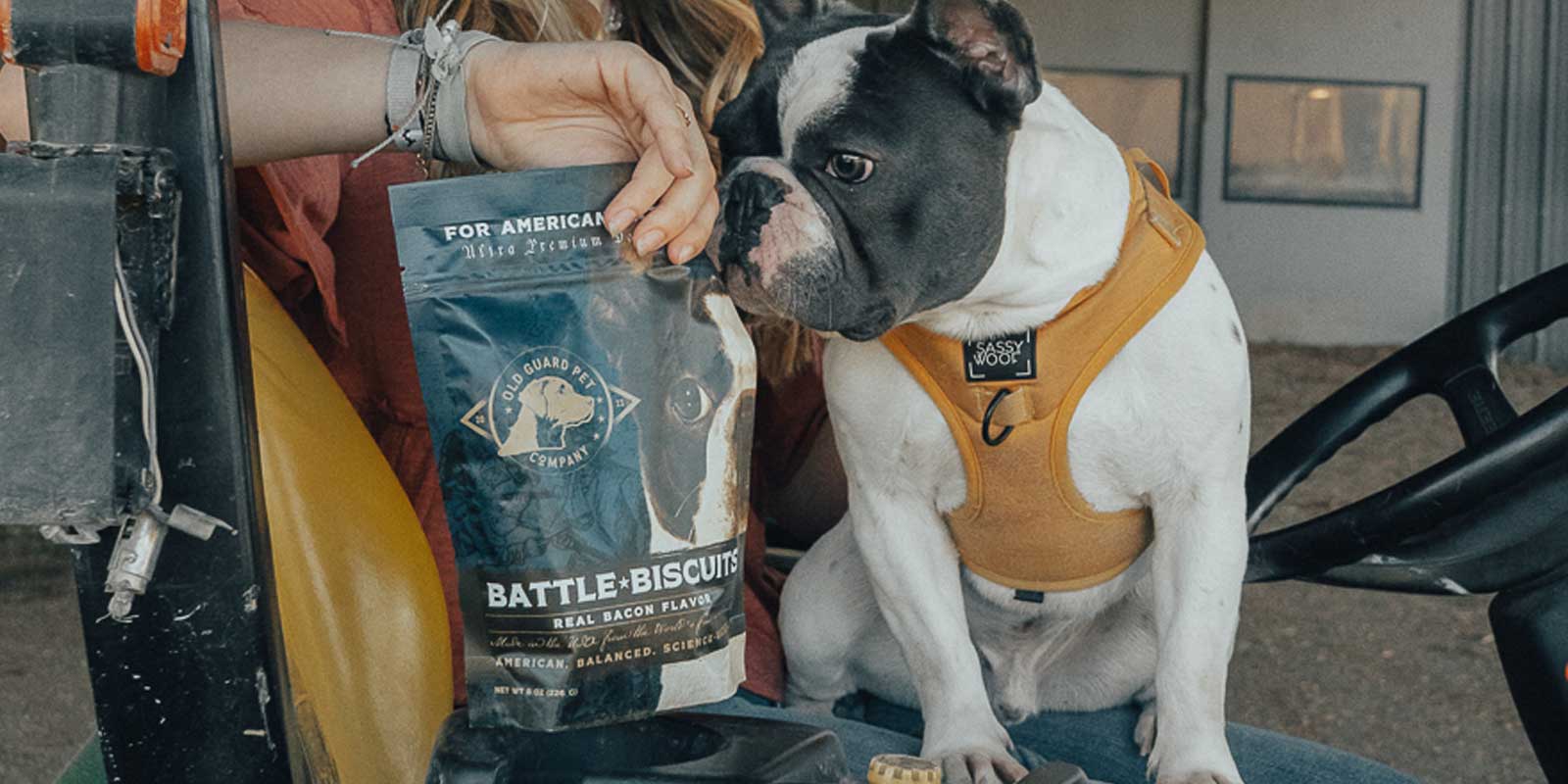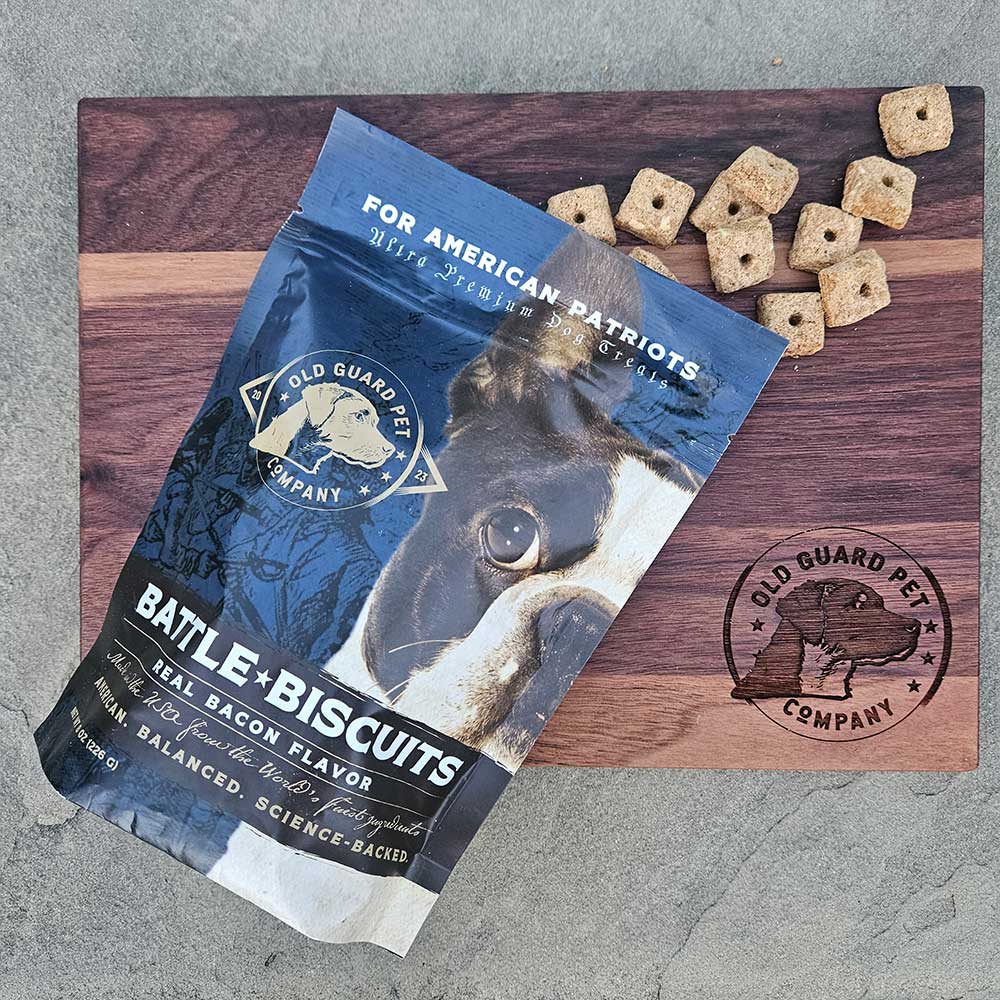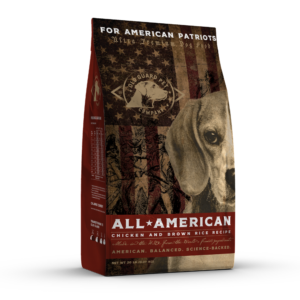Are you an American-loving dog owner who can’t resist spoiling your dog with tasty treats? If so, you’re not alone. There’s something undeniably enticing about bacon-flavored dog treats, and it turns out, there’s a scientific reason behind it. In this article, we’ll delve into the fascinating world of dog treat allure and explore the science behind why bacon-flavored treats are so irresistible to our canine companions.
So, the next time you’re tempted to spoil your pup with a bacon-flavored delight, remember, it’s not just their taste buds that will be thanking you.
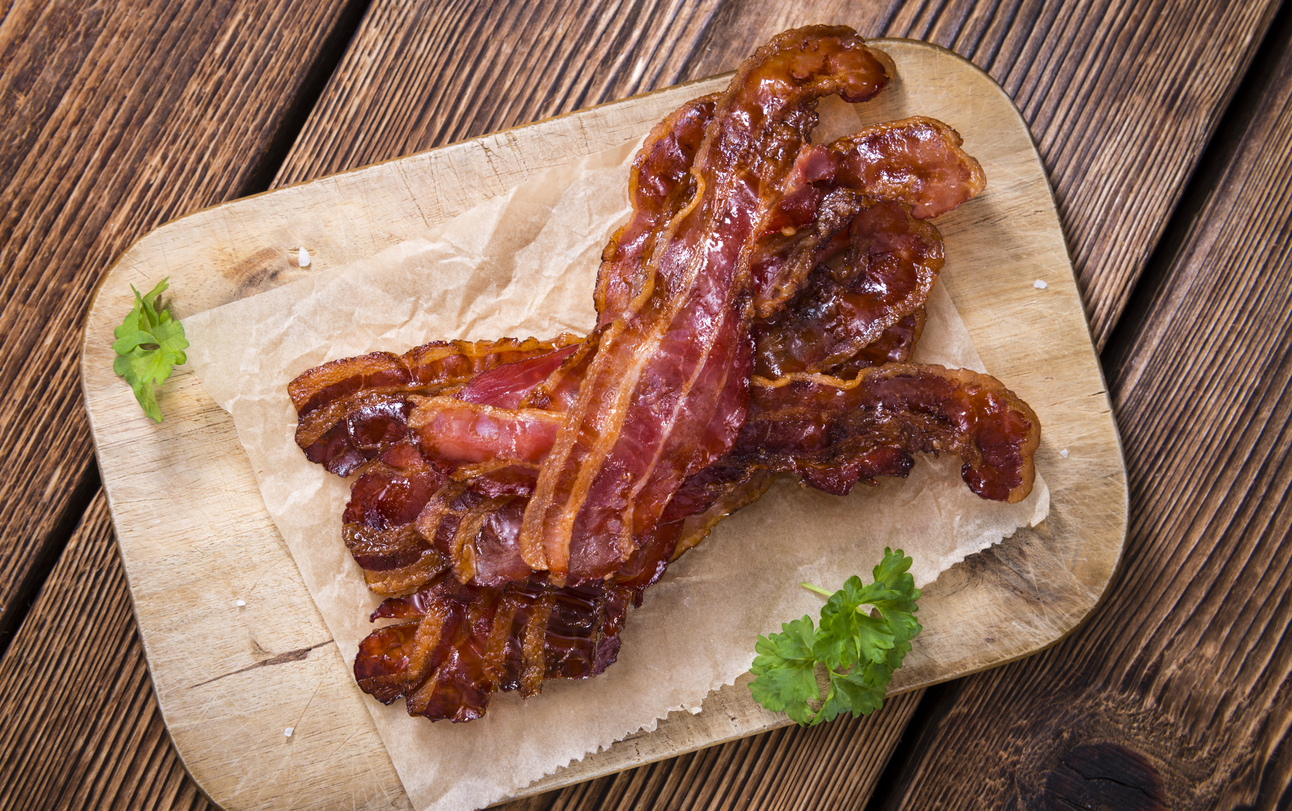
The Science Behind the Appeal of Bacon-Flavored Dog Treats
As pet owners, we all want to give our dogs the best, and treats are no exception. But why are bacon-flavored treats so popular among dogs? The secret lies in the sensory systems of dogs, which are vastly different from our own.
Dogs have a highly developed sense of smell, with up to 300 million scent receptors in their noses, compared to our 6 million. This heightened sense of smell allows them to detect even the faintest aromas, making bacon’s tantalizing scent enough to send their taste buds into overdrive.
But it’s not just the smell that appeals to dogs. Bacon’s rich flavor, combined with its high-fat content, triggers their natural instincts. Dogs have a preference for fatty foods due to their evolutionary history as scavengers. This, coupled with the meaty taste, makes bacon-flavored treats incredibly appealing to most dogs.
The Role of Smell in Dog Treat Preferences
Dogs rely on their sense of smell to navigate the world around them. In fact, their sense of smell is up to 100,000 times stronger than ours. This means that when it comes to dog treats, smell plays a crucial role in their preferences.
Bacon’s enticing aroma is irresistible to dogs, but it’s not the only scent that appeals to them. Chicken, beef, and peanut butter are popular flavors among our furry friends. However, it’s essential to note that not all dogs have the same taste and smell preferences. Some may prefer sweeter flavors, while others may prefer savory treats.
Understanding the Taste Receptors of Dogs
While smell plays a crucial role in dog treat preferences, taste is also an important factor. Dogs have taste receptors, just like humans, but their taste preferences are different from ours. For example, dogs have a sweet tooth, but they don’t have as many sweet receptors as humans. This means that they may not enjoy overly sweet treats as much as we do.
On the other hand, dogs have more receptors for umami, the savory taste found in meat and cheese. This is why bacon-flavored treats are so popular among dogs. The combination of savory and meaty taste is irresistible.
The Impact of Texture on Dog Treat Enjoyment
As pet owners, we often focus on the flavor of dog treats, but the texture is also an important factor. The texture of a treat can impact a dog’s enjoyment and motivation during training.
Some dogs may prefer crunchy treats because they enjoy the sensation of biting and chewing. Other dogs may prefer soft and chewy treats because they’re easier to eat. It’s essential to pay attention to our dog’s texture preferences and choose treats that they’ll enjoy.
In addition to texture, taste, and smell, the size and shape of a treat can also impact a dog’s enjoyment. Small, bite-sized treats are ideal for training because they can be quickly consumed, while larger treats may be better for rewarding good behavior during playtime.
It’s important to pay attention to our dog’s likes and dislikes when it comes to treats. By understanding their preferences, we can choose treats that they’ll enjoy and keep them motivated during training.
The Psychology of Reward and Reinforcement in Dog Training
Treats are a popular tool for training dogs and for a good reason. The psychology of reward and reinforcement plays a crucial role in dog training, and treats are an effective way to reinforce positive behavior.
Reward-based training involves giving a dog a treat or other reward when they exhibit good behavior. This positive reinforcement encourages the dog to repeat the behavior in the future. However, it’s important to note that treats should be used in moderation and as a tool for reinforcement. Using treats appropriately can reinforce good behavior and build a strong, positive relationship with our dogs.
The Influence of Marketing and Packaging on Dog Treat Sales
Marketing and packaging play a significant role in dog treat sales. Treats that are marketed as healthy or made with natural ingredients are often more appealing to pet owners. However, it’s a good idea to read the ingredients list and not just rely on the marketing claims.
The packaging of a treat can also impact a pet owner’s decision to purchase. Bright colors and eye-catching designs may be more appealing to pet owners, but we should focus more on the ingredients and nutritional value of the treat.
As pet owners, we want to be careful to pick treats that are healthy and nutritious for our furry friends. By reading the ingredients list and focusing on the nutritional value of a treat, we can make informed decisions.
Conclusion: Treating Your Dog With Love and Care
Treats are a popular way to spoil dogs, but it’s important to choose treats that are healthy and nutritious for them. By understanding our dog’s taste and texture preferences, as well as their nutritional needs, we can choose treats that they’ll enjoy and keep them motivated during training. Don’t forget that if you are going to be training your dog and using a lot of treats, you can also try using pieces of their kibble. If your dog is food motivated this is a great way to ensure your dog is not getting too many treats and calories but still getting a reward.
By treating our dogs with love and care, we can build strong, positive relationships with them and ensure that they lead happy and healthy lives.
Five Dog Food Nutrition Secrets From a PhD
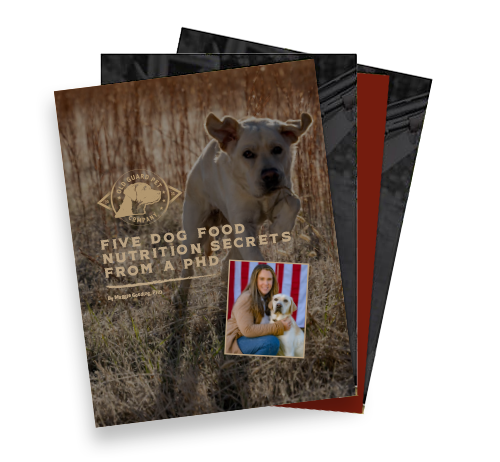
With so much information floating around out there on dog nutrition, how can you be sure you have the facts? In this guide, Founder Maggie Gooding, PhD, in Animal Nutrition and Behavior, with over a decade experience in R&D working on some of the largest pet food brands share five nutrition secrets to help your dog live a longer healthier life.
Get the inside scoop on:
- Nutrients
- Energy Balance
- Weight Control
- Dog Eating Habits
- Fibers and Fillers
Download by filling the form out below:

